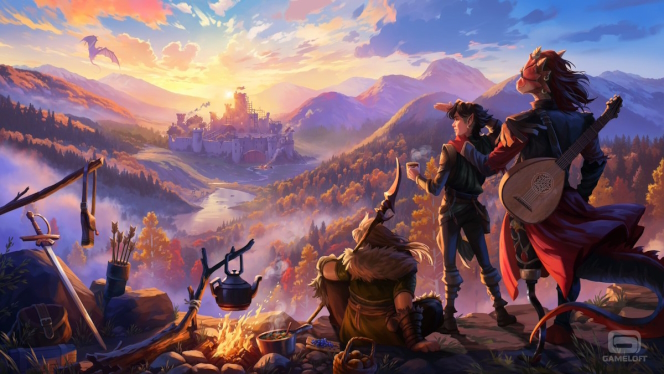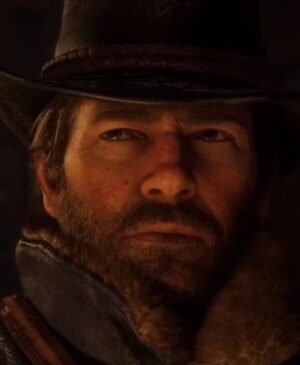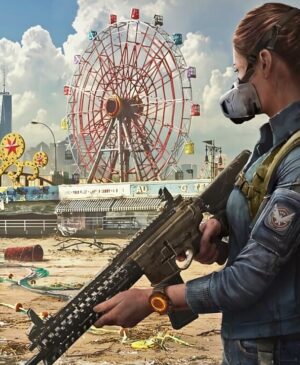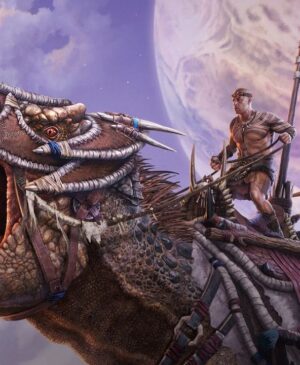For example, a German mathematician’s idea later played a role in how Nazi Germany invaded France during World War II.
Chess is not a new game, having originated in India in the 6th century BC, when the pieces represented the four divisions of the army. Chess came to Spain in the 10th century, where the pieces were slightly modified: the elephants became the bishops and the sultan the queen. Johann Christian Ludwing Hellwig reworked this in 1780: he created the predecessor of the Kriegsspiel. In it, the military units of the time were formed.
Using the units of the time, Hellwig created a board with 1,617 squares on which modern artillery faced the enemy army. But it was too limited, so military strategist Georg Leopold von Reisswitz took the idea and, with his son, created a more sophisticated version. Designed to be played on battlefield maps that simulated reality, the game pitted red and blue units against each other, using real combat data to control the movement, range, and damage troops could inflict on artillery guns, and using dice to simulate some randomness in the attacks.
The German Emperor William I came to the throne in 1861, and as a child he spent a lot of time playing war games, which then became even more serious. It became the best way to simulate combat to better understand how the enemy might act, and the emperor eventually united the German territories into one empire. Seven decades later, in 1938, a Nazi general, Ludwig Beck, took the opportunity to warn Adolf Hitler that his plans would start World War II and that if he attacked the French as he had originally planned, the British would declare war on him.
Of course, Hitler would not listen to reason, and the Nazis needed an alternative to break the Allied blockade. General Erich von Manstain then turned to war games, and was so successful that they were eventually able to swing across the Ardennes, paving the way for the occupation of France. What came to be known as the Manstein Plan was actually the result of several simulated games in which Kriegsspiel used curtains to hide possible Allied actions, while an additional entity was responsible for controlling the randomness of the situation. If the idea reminds you of the dungeon master in role-playing games, it’s no coincidence: that’s where it all came from!
With the arrival of wargames in the United States, the game became an indispensable tool for military training and large-scale strategy building, leading to its further development in similar versions in different countries, the formation of rulebooks, and eventually the creation of wargames such as Risk in 1957, small-scale miniature combat and the role of the master in Dungeons & Dragons in 1974, and the evolution of armored and German troops into the Orcs, Elves, and Space Marines of Warhammer in 1983…














Leave a Reply